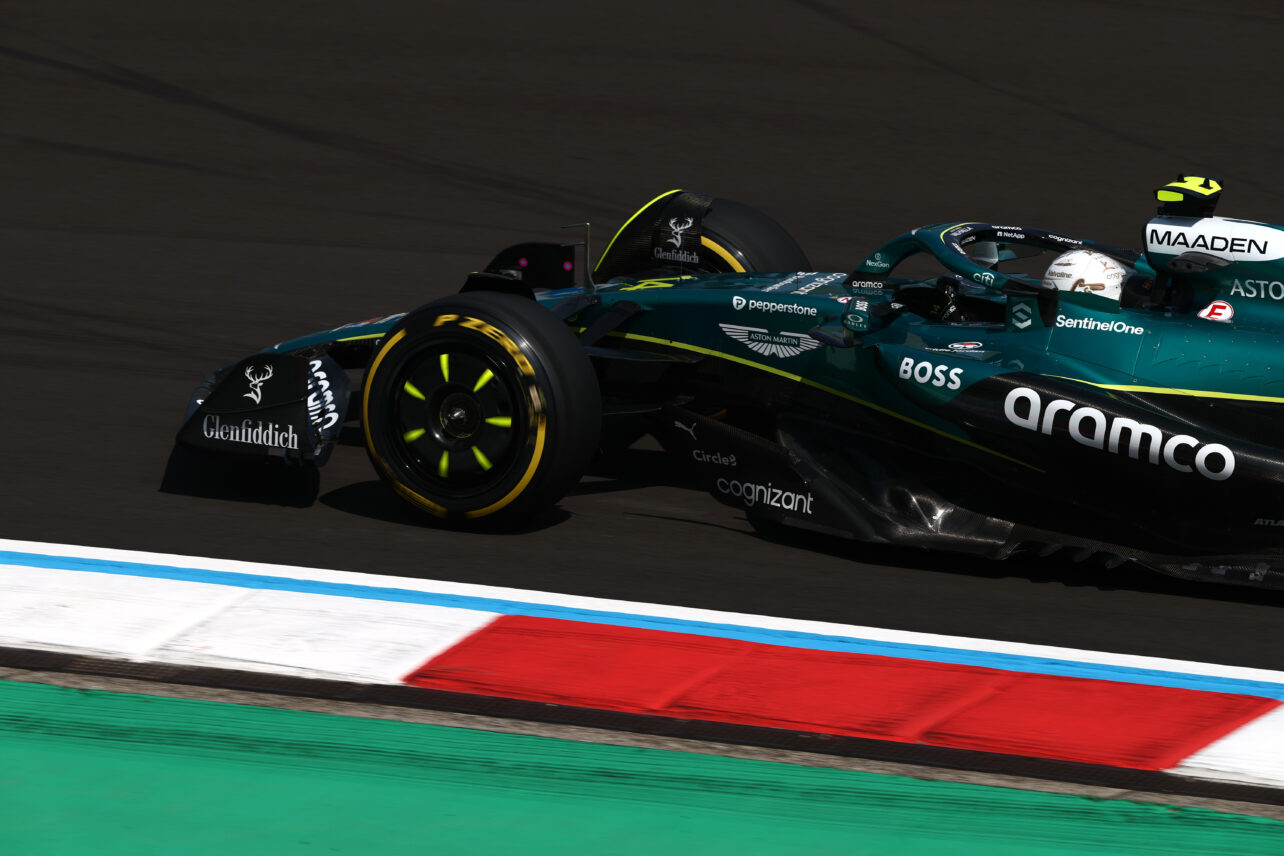Hi friends,
I bet you’re just as tired as I am of hearing about tariffs and U.S. politics, but we have to dive into that mess again for the next few minutes.
Top Story of the Week: Aston Martin Lagonda Sells Its Stake in the F1 Team
In a surprise announcement, Aston Martin Lagonda confirmed it will sell its minority stake in the Aston Martin Aramco Formula One Team.
The move is part of a broader funding boost designed to offset consistent losses, delivery delays, and now—a fresh wave of tariffs from the Trump administration. In total, the company is raising over £125 million ($162 million), including a £52.5 million investment from Lawrence Stroll’s Yew Tree Consortium, which will increase Stroll’s ownership of the car company to approximately 33%.
Despite the investments and a stream of product launches, the company continues to struggle. Delivery delays, slumping demand in China, and rising costs have put the company under sustained pressure. Just last month, it cut 5% of its workforce.
And now the pressure increases further. Yesterday the Trump administration announced a sweeping new 25% tariff on all automotive imports to the United States. That’s a serious blow for a brand like Aston Martin, which relies on the U.S. for about 25% of its revenue.
In a statement released by the team, Aston Martin said that the sale won’t affect its branding, sponsorship, or presence on the F1 grid:
“A long-term contract is now in place to ensure the Aston Martin name remains at the pinnacle of motorsport for decades to come.” – Aston Martin Aramco Formula One Team
This is the seventh equity raise under Stroll’s tenure, totalling more than £600 million—underscoring just how difficult it’s been to turn the company around. And while this latest move buys Aston Martin some breathing room, the broader picture for automaker-backed F1 teams is growing more complex.
With a 25% import tariff now in effect, every car manufacturer involved in Formula 1 is facing a new economic reality. Ferrari, Mercedes, Honda, Renault, McLaren—any brand with production based outside the U.S. and a stake in the American market—is going to feel this. And that could eventually ripple into F1 operations.
It’s a reminder that while Formula 1 teams have become highly sought-after assets in recent years—with skyrocketing valuations and increasing commercial revenues—the sport doesn’t exist in a vacuum. Economic shifts, policy decisions, and shifting corporate priorities can quickly change the equation.
If global conditions tighten further, we may start to see owners reevaluate how F1 fits into their long-term plans. Investor appetite will likely remain strong, but profitability expectations may shift. What looked like a no-brainer investment in 2024 could start to feel more like a luxury in 2025.
In a world where markets shift overnight, the true test for F1 teams may be less about performance on track and more about resilience off it.
The Rest of the Stories This Week:
- Max Verstappen thinks Red Bull’s main issue is the car, not the drivers
- Christian Horner said concerns from Red Bull’s engineers were part of the decision to demote Liam Lawson
- Sergio Perez says he’s “been approached by a few teams since Abu Dhabi”
- Jonathan Wheatley started his new job as Sauber’s Team Principal
- We get two special liveries for the Japanese GP: Red Bull and Haas
- Ryo Hirakawa will do FP1 for Alpine in Japan
- Dino Beganovic will do FP1 for Ferrari in Japan
- Victor Martins joined the Williams Academy
- Jarno Opmeer and Red Bull won the F1 Sim Racing World Championship
- Jay Frye has been named President of Rahal Letterman Lanigan Racing in IndyCar
- PREMA and Robert Shwartzman have been deducted 10 points and fined $25,000 by IndyCar after replacing an emergency pull cable with an unapproved part
That’s it for this week, thank you for being here.
If you want to support me, you can help fuel the snack addiction that powers me through compiling these lists and vetting the stories – you can do so on Buymeacoffee or Patreon.
